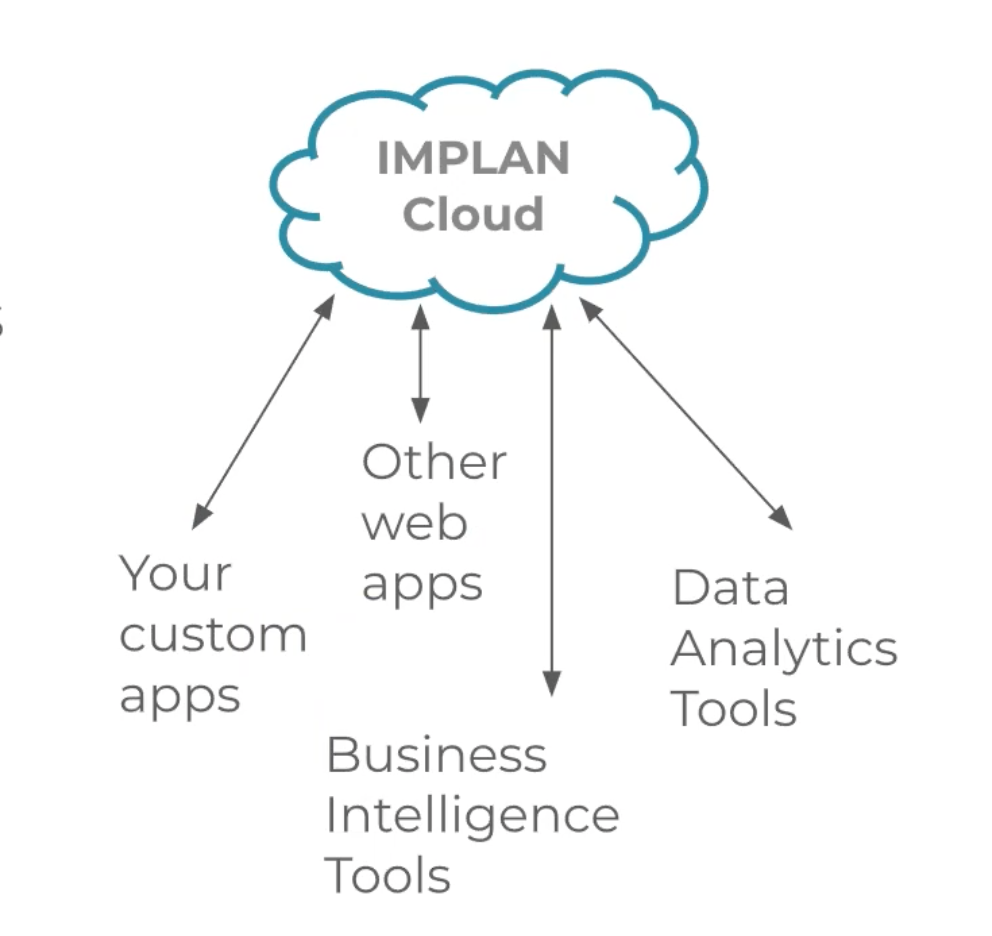Did you know that the IMPLAN application programming interface (API) makes it possible for National Package subscribers to integrate IMPLAN Cloud with existing workflows and tools? With IMPLAN’s API, you can easily integrate IMPLAN Cloud impact analysis and data into any website, application, workflow, or visualization tool.
Influencing Legislation with IMPLAN Cloud: How the Pennsylvania Manufacturers’ Association Uses Economic Impact Analysis for Lobbying
As a driver of informed decision making, IMPLAN Cloud is used at all levels of government to drive policy changes and sound legislation. Many associations and organizations across the country use IMPLAN Cloud in their lobbying efforts. One such organization is the Pennsylvania Manufacturers’ Association (PMA), the lobbying efforts of which are headed up by Executive Director Carl A. Marrara.
Topics: Economics, Advocacy, Government
Taking IMPLAN’s Occupation Data and Expanded Demographic Data for a Spin
Did you know that information on regional education levels can be found in IMPLAN Cloud and Data Library? Both our occupation data (available now!) and expanded demographic data (coming soon!) offer insights into educational attainment in all geographies available in IMPLAN within the United States.
Topics: Data, occupation data
The Super Bowl and Beyond: Four Important Considerations for Analyzing the Economic Impacts of Major Events
This weekend, fans of the Philadelphia Eagles, the Kansas City Chiefs, and the NFL at large will pour into Glendale, Arizona for Super Bowl LVII at State Farm Stadium. While in Glendale, they will stay in hotels, feast on beer and wings at local bars and restaurants, and shop for souvenirs to take home to their families. Some will pass time in the Westgate Entertainment District before the game while others will visit grocery stores to stock up on tailgating essentials.
Topics: Events, Economic Development
Going Global: Introducing IMPLAN’s International Product
For decades, IMPLAN data has been trusted by businesses, government entities, nonprofits, academics, and so many others as the most transparent portrait of the economy. Today, we’re pleased to announce that our ever-expanding data suite is “going global” – and helping you do the same.
Topics: Data
Data season is here! At IMPLAN, we mark the holiday season with our annual data release. That means 2021 data has arrived in the IMPLAN application!
Topics: Data
New Features: Collaborate Like Never Before with Project Sharing and Project Transfer
Celebrating IMPLAN History: The Rural Development Act of 1972
2022 marks the 50th anniversary of the Rural Development Act of 1972 (RDA). The RDA was pivotal to getting the ball rolling for IMPLAN to be created in 1976.
Topics: Impact, Economic Development, Government
It’s about time IMPLAN makes it possible to conduct studies beyond the United States, eh? We are pleased to announce our new and improved Canada Provincial Product, in which Canada data pairs with our state-of-the-art software and model to empower our users to study economic impacts across the Great White North.
Topics: Data, announcement
Countless organizations across the United States have used IMPLAN to gain insights into their economic impacts, inform event location decisions, and so much more. One such organization is Alpha Kappa Alpha (AKA) Sorority, Incorporated. AKA Sorority was established in 1908 and has since grown to a membership of over 300,000 women focused on personal and professional development as well as leadership and advocacy for social change.





-1.png)



.png?width=80&name=IMPLAN_Logo_Print-Vector_NEW%20(2).png) Copyright 2025
Copyright 2025